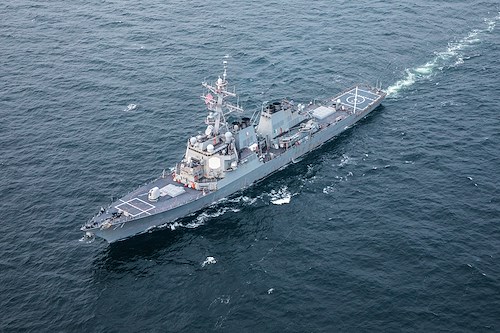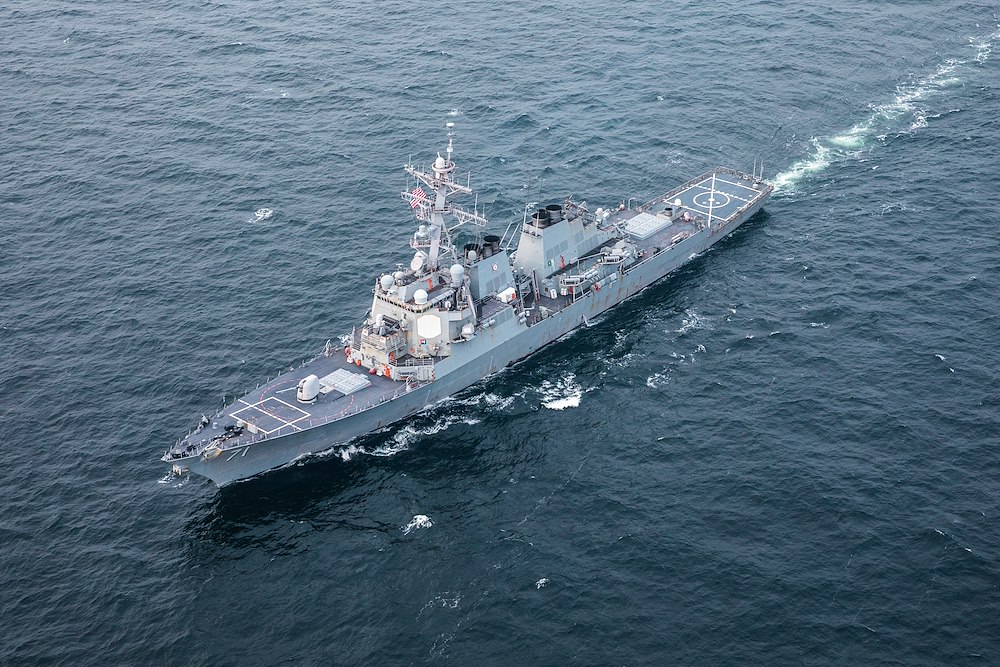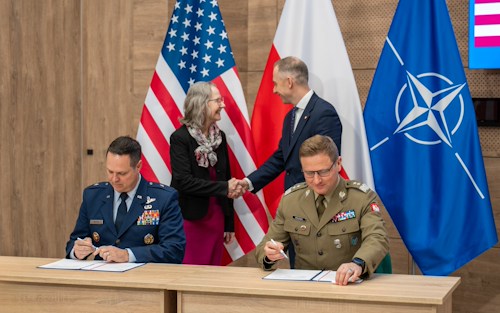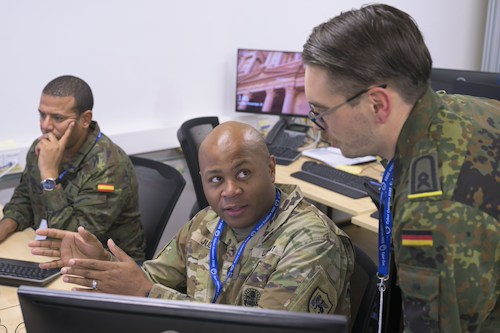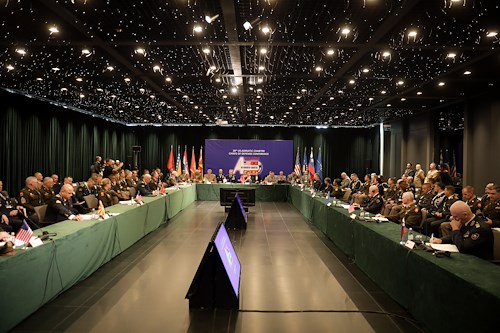Gallery contains 1 image
×
Photo 1 of 1
U.S. Special Operations Command
The USS Ross, an Arleigh Burke-class guided-missile destroyer, conducts anti-surface and anti-submarine warfare near the Swedish coastline during a Swedish-led bilateral exercise, November 15, 2020. The exercise occurred in land, air and maritime regions to test combined military options, rapid response capabilities, and readiness to support Swedish defense and the Baltic Sea Region. (U.S Army photo by Sgt. Patrik Orcutt)
Photo by: Sgt. Patrik Orcutt
The Arleigh Burke-class guided-missile destroyer USS Ross (DDG 71) entered Swedish territorial waters in the Baltic Sea to participate in a bilateral land, air, and sea exercise between Sweden and the United States, Nov. 13.
“We are excited to join our Swedish counterparts to conduct this bilateral engagement in the Baltic Sea,” said Cmdr. John D. John, commanding officer aboard Ross. “Exercises like this further enhance our partnership and demonstrate our commitment to the security and stability of the Baltic region.”
Swedish Special Forces and U.S. Special Operations Forces (SOF) joined conventional armed forces from both nations for the exercise.
“Bringing Ross into Swedish territorial waters shows that we are committed to evolving and testing our capabilities together with key partner nations like the United States,” said a Swedish Navy commander serving as Special Operations Task Force (SOTF) Swedish Lead Maritime Planner for the exercise. “We are the gateway to the Baltic Sea, and it’s important to know that we can help defend any and all of our neighbors from Swedish waters.”
Ross will engage with the Swedish Navy, Swedish Saab JAS-39 Gripens, and US Air Force F-15E Strike Eagles to assist the joint SOF with simulated long-range, deep-land strikes. This training event also includes anti-surface and anti-submarine warfare, and all-weather launch capabilities.
“It’s critical to leverage our strong and strategic partnerships who have close access to the Baltic Sea entrance,” said a U.S. Navy Special Warfare Combatant Craft Crewmen Chief Warrant Officer serving as SOTF U.S. Lead Maritime Planner for the exercise. “We have to know for sure that we can call our assets to respond to threats quickly and together with strong partners like Sweden to help defend the region from adversaries in times of crisis.”
The Swedish Armed Forces and the United States military conduct recurring advanced exercises with the aim of strengthening joint defense capabilities and to contribute to enhanced stability in the Baltic Sea region.
“Special Forces help prepare and enable the battlefield for our surface combatants,” said John. “It’s crucial that we rehearse our integration not only with our own forces but alongside our partners and Allies to ensure mission success if and when we are called to action.”
Ross, forward-deployed to Rota, Spain, began its tenth Forward Deployed Naval Forces-Europe (FDNF-E) patrol, Aug. 29 in the U.S. Sixth Fleet area of operations in support of U.S. national security interests in Europe and Africa.
Ross is one of four U.S. Navy destroyers based in Rota, Spain, and assigned to Commander, Task Force 65 in support of NATO’s Integrated Air Missile Defense architecture. These Forward-Deployed Naval Forces-Europe ships have the flexibility to operate throughout the waters of Europe and Africa, from the Cape of Good Hope to the Arctic Circle, demonstrating their mastery of the maritime domain.
U.S. Sixth Fleet, headquartered in Naples, Italy, conducts the full spectrum of joint and naval operations, often in concert with allied and interagency partners, in order to advance U.S. national security interests and security and stability in Europe and Africa.

